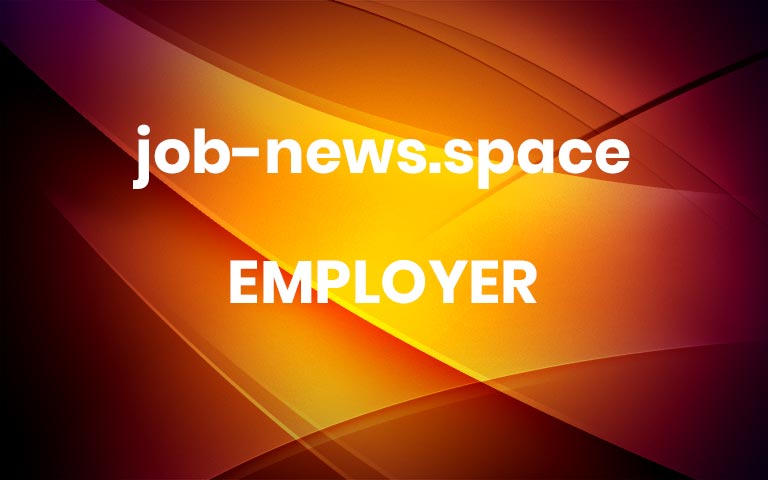The Metrics That Matter: What HR Leaders Need to Know to Track Progress in 2024
Though promises of efficiency, productivity, and experience boosts may have served as initial motivators for HR leaders’ investments in connected technology, there’s another benefit that is slowly but surely stepping into the spotlight: objectivity. As digital toolsets expand and their capabilities grow, talent acquisition (TA) teams are increasingly recognizing the value that comes with quantifying outcomes—especially in a field in which “success” often feels like a moving target.
That said, not all data is created equal. Some metrics prove more valuable to teams than others, and knowing which ones speak to your organization’s goals is critical to benchmarking performance and making progress. As recruiting’s digital transformation journey continues, learning about the metrics that digital suites can provide—and which matter in the context of your optimization journey—is critical to improving outcomes.
Seeking success with statistics
Employ’s recent Recruiter Nation study aimed to get to the heart of the matter, asking participating practitioners to rank key TA performance metrics by their value. Here’s what they said…
Quality of hire: Quality of hire was overwhelmingly cited as the most valuable metric TA teams use to evaluate success, with nearly one-third (31%) of respondents putting it at the top of their lists and 73% ranked it in their top five. This metric takes into account employee productivity, engagement, culture fit, and other performance feedback to try to add color to recruiter and TA team performance. It also helps teams correlate skills and qualities with successful hires to build more precise profiles for different roles.
Time to fill: Time to fill reflects the timeline of the average hire, from the day the listing posts to the day a candidate accepts the offer. More than half (59%) of practitioners put time to fill in their top five metrics of value, with 14% saying it is the most valuable metric they use. This information can help highlight opportunities to improve sourcing and interview processes by department, role, or sector.
At present, the average time to fill across industries, business size, and roles is 47.5 days, but it can vary wildly across industries. At one end of the spectrum are things like media roles, which take an average of 62.21 days to fill in today’s market. Healthcare roles, which are on the other end, take just 38.23 days on average. Knowing the timeframe for your industry critical to planning, as is seeing how your company compares to others.
Cost per hire: Cost per hire uses operational data to estimate how much it costs to fill a given role. This metric ranks just behind time to fill, with 12% of respondents ranking it in the top spot and 57% putting it among their top five. Knowing the cost of each hire helps teams contextualize recruitment spending and find opportunities to cut waste by adjusting processes to avoid superfluous costs.
Retention rate: It’s no secret that retention is a top priority in modern businesses, and retention rate data was an easy choice for respondents’ top five lists. Despite only 11% of respondents saying it’s the most valuable metric in their operations, 62% put it in their top five and 14% cited it as their second-most valuable data point.
To determine retention rates, teams calculate the percentage of employees meeting specific criteria that remain employed over a set period. This exercise can help reveal the characteristics that may lead to employees staying at your company for the long haul and signs that someone might be gearing up to leave.
Hiring manager satisfaction: Hiring manager satisfaction rounded out respondents’ top five metrics of value, with 53% of practitioners citing it among their top choices (7% said it was their most valuable). This measures managers’ overall satisfaction with the hires made on their behalf using data from qualitative and quantitative surveys. With this information, acquisition teams visualize performance, evaluate progress, and learn from feedback about areas they could improve.
Of course, all of the above metrics can function at various levels of the business to provide different types of insights and speak to different opportunities for improvement. For example, one company may look at retention rates by department while another may look at this measure through the lens of the recruiter that conducted the search. The former can give insight into ways to improve department-level management practices, while the other may speak to the performance of the TA team member.
The same is true for any of the metrics noted above—and others. As teams filter results down by various criteria, they are able to find patterns, identify correlations, and identify and test possible solutions.
What matters to you
Perhaps the most notable insight is the lack of alignment on the issue overall. Yes, some metrics—like quality of hire—stood out as clear frontrunners. Still, though, none of the options presented were seen as unanimously without value. Even those that scored lower overall were at the top of someone’s list, which speaks to a truth about measuring progress: The perceived value in any metric is directly linked to organizational goals. In short, the difference isn’t between having data and not having it; it’s how you use the data that makes the real difference within an organization.
Candidate relationship management (CRM) platforms, applicant tracking systems (ATSs), and recruitment marketing software (RMS) all serve as records of past successes and failures. For companies that are used to having “lifers” among their ranks, a metric like retention rate may not be important. But for someone else, finally putting retention performance into tangible, quantifiable terms may yield the insight they’ve been missing.
Because the possible variations, combinations, and applications of data made available by CRM, ATS, RMS, and other connected platforms are near infinite, it’s up to each company to identify what matters to them. That’s the beauty of connected operations; if you can capture it, you can track it and measure against it. That’s what allows you to experiment with new approaches and find solutions that move the needle for your business, whatever they may be.
By Josh Jones, talent acquisition manager at Employ Inc.
Share this post: More



